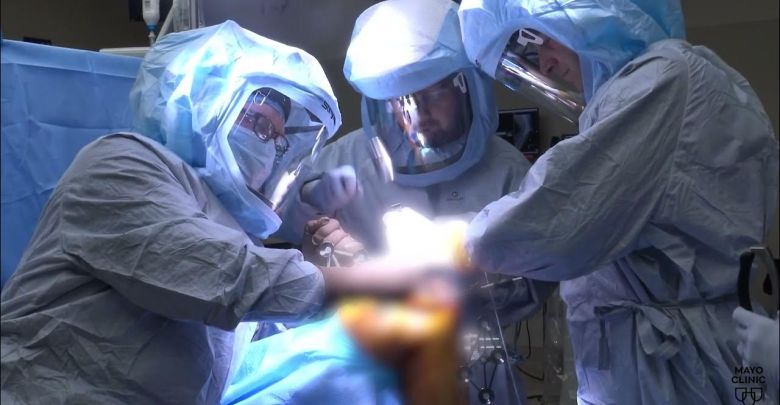An aging population drives the global demand for knee replacement surgery, exceeding 1 million procedures annually.
In this expert alert, Charles Hannon, M.D., an orthopedic surgeon at Mayo Clinic in Rochester, describes innovations such as advanced tools and precision robotic surgery that are improving total knee replacement for patients.
Knee replacement surgery is often done to relieve severe pain from wear-and-tear arthritis.
Advantages of robotics for knee replacement surgery
Robotic surgery has many advantages.
“It allows for better reproducibility, more accuracy and precision as you’re performing the surgery, reducing some of the human variability that will be there as we perform the surgery with manual instrumentation,” Dr. Hannon says.
Robotics serve as a valuable tool that can aid in the presurgical stage, Dr. Hannon says.
“In certain systems, it allows us with a CT scan to better identify the patient’s anatomy and to plan the patient’s surgery in real time before we get into the operating room,” he says.
Doctors can then tailor surgery to the patient’s needs.
“It allows us to make very nice, fine-tuned adjustments within half a degree and within half a millimeter of the implant position to optimize the patient’s function,” Dr. Hannon says.
He says robotics provide real-time data on knee function during surgery — and the use of data extends beyond the operating room with remote patient monitoring.
“We can monitor a patient’s progress after surgery, identify a patient who may be struggling and then hopefully can change their recovery trajectory after surgery to better improve their outcome,” Dr. Hannon says.




